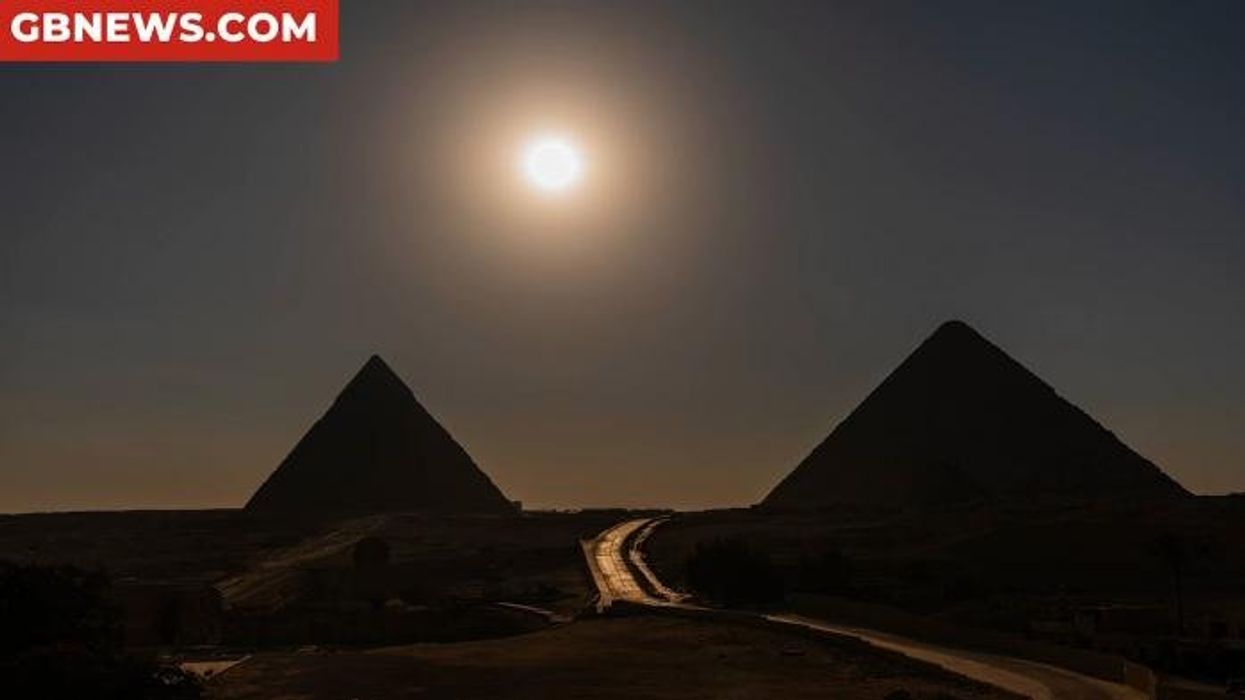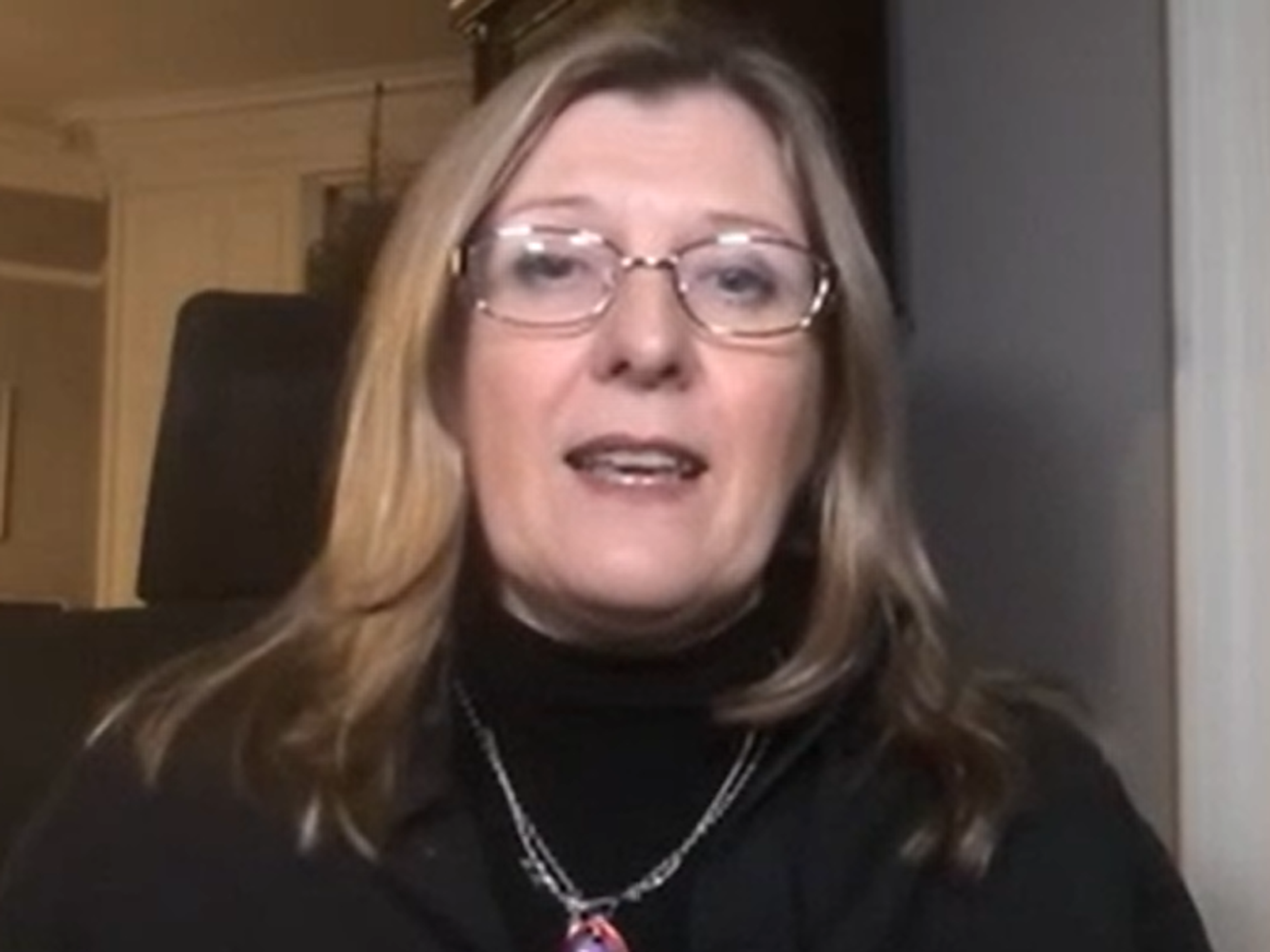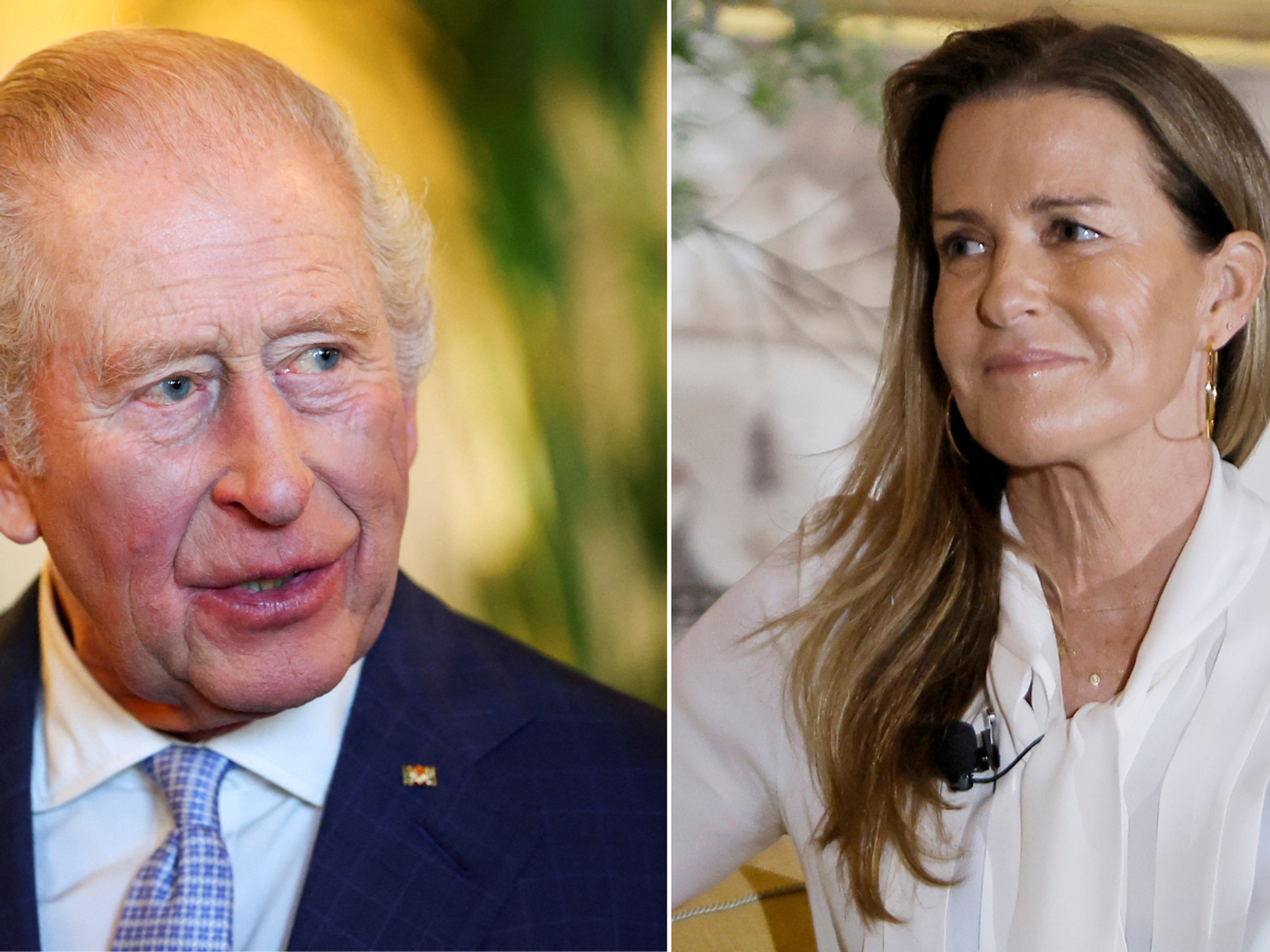Archaeology breakthrough as one of ancient Egypt's largest fortresses discovered

Experts say the discovery 'adds a new layer to the understanding of the military and defensive organisation of Pharaonic Egypt'
Don't Miss
Most Read
Archeologists in Egypt have uncovered a large military fortress dating back thousands of years close to the Gaza strip.
The fortress, discovered at an archaeological site in the Sheikh Zuweid area of North Sinai in the north east of the country, dates back to the New Kingdom period, which lasted between 16th century BC and the 11th century BC.
It is considered to be one of the one of the largest and most important fortresses discovered in the area.
According to Egypt's Ministry of Tourism and Antiquities, the discovery serves to demonstrate the military planning of the New Kingdom kings, who built fortress to protect Egypt's eastern borders and secure the most important strategic routes that connected ancient Egypt to Palestine.
TRENDING
Stories
Videos
Your Say
Dr Mohamed Ismail Khaled, Secretary-General of the Supreme Council of Antiquities, said it served as an "an important step in reconstructing the complete picture of Egypt's fortification network on the eastern borders during the New Kingdom".
He explained: "Each fortress we discover adds a new layer to our understanding of the military and defensive organisation of Pharaonic Egypt, and confirms that Egyptian civilisation was not limited to temples and tombs alone, but rather was a state of strong institutions capable of protecting its land and borders."
The excavation work uncovered a section of the fortress' southern wall, which measured at around 105 metres long and 2.5 metres wide.
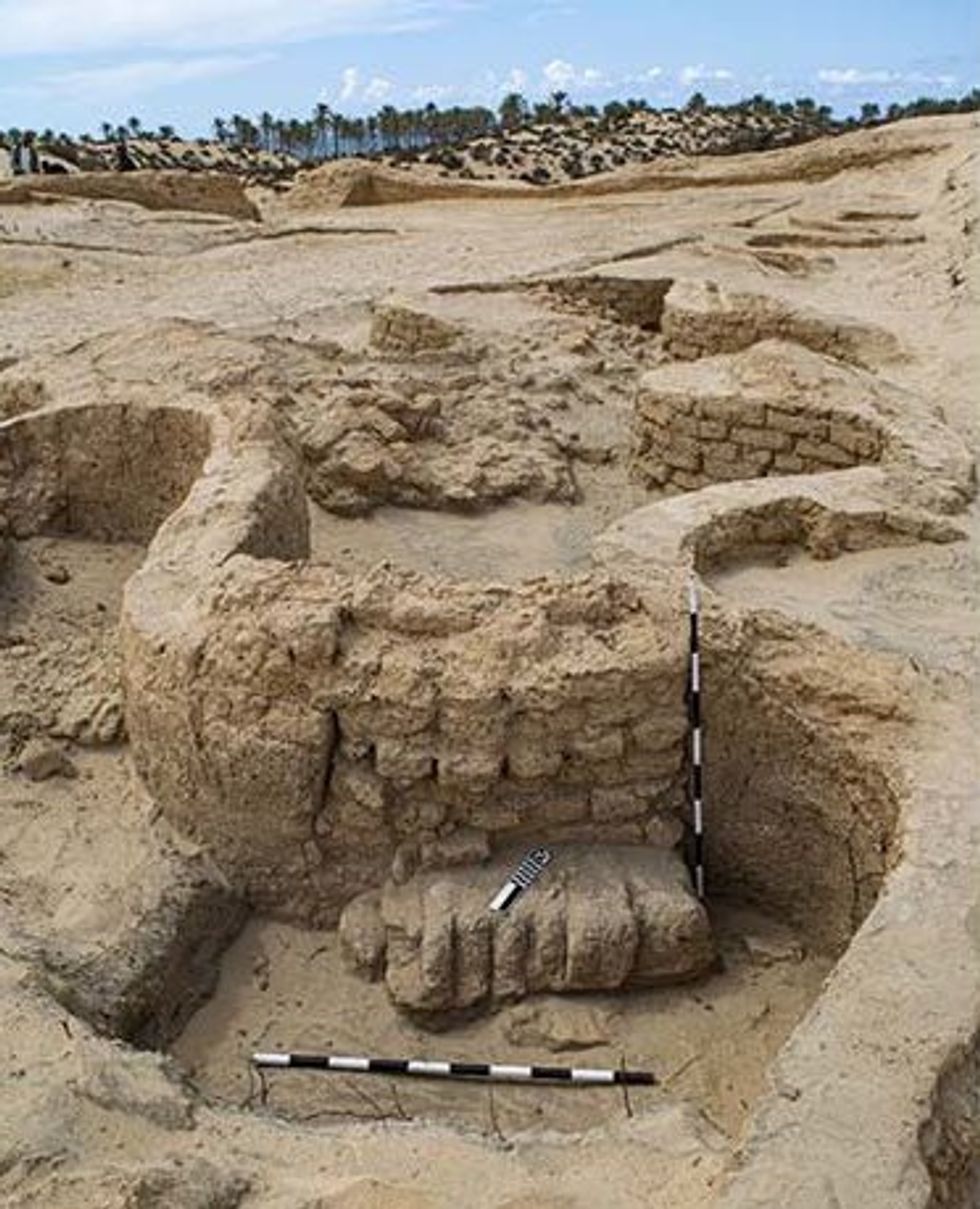 |
| MINISTRY OF TOURISM AND ANTIQUES
It also revealed 11 defensive towers, as well as the northwestern tower of the fortress and parts of its northern and western walls.
The archeologists however faced significant challenges during the expedition due to the shifting sand dunes that covered large parts of the site, Dr Ismail Khaled added.
The mission further led to the discovery of a 75-metre long wall which served to divide the fortress from north to south and surrounded a residential area intended for soldiers.
Several shards of pottery and vessels were also discovered, including a a vessel handle stamped with the name of King Thutmose I, who was the third pharaoh of the 18th Dynasty of Egypt.
LATEST DEVELOPMENTS:
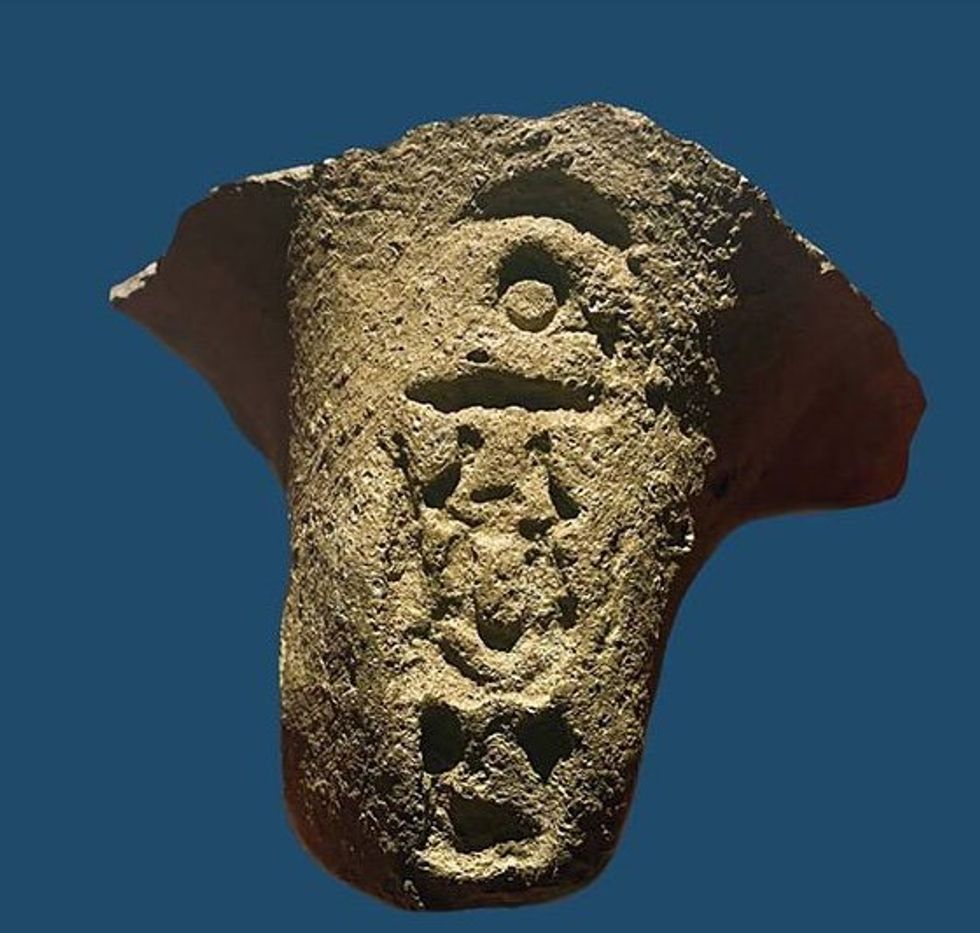
Several shards of pottery and vessels were discovered at the site
|MINISTRY OF TOURISM AND ANTIQUES
A large oven designed for baking breath was also found, supporting theories that the fortress was a comprehensive part of the daily lives of soldiers.
Dr Hesham Hussein, head of the Central Administration for Lower Egypt Antiquities, explained that early studies show the fortress was subject to "several stages of restoration and modification over the ages".
The newly discovered fortress covers an area of around 8,000 square metres.
It measures three times the size of a fortress discovered at the same site in the 1980s, the Ministry of Tourism and Antiquities said.


